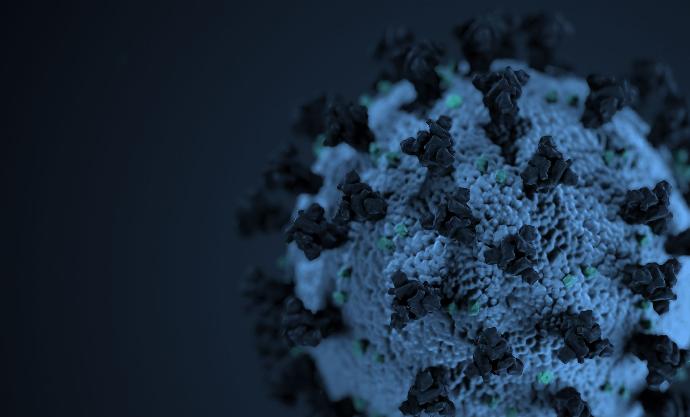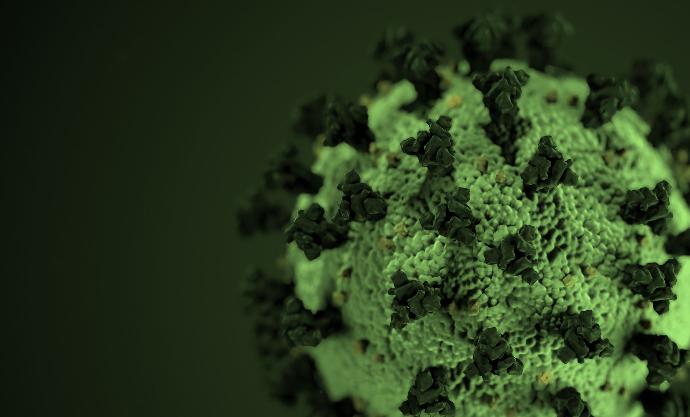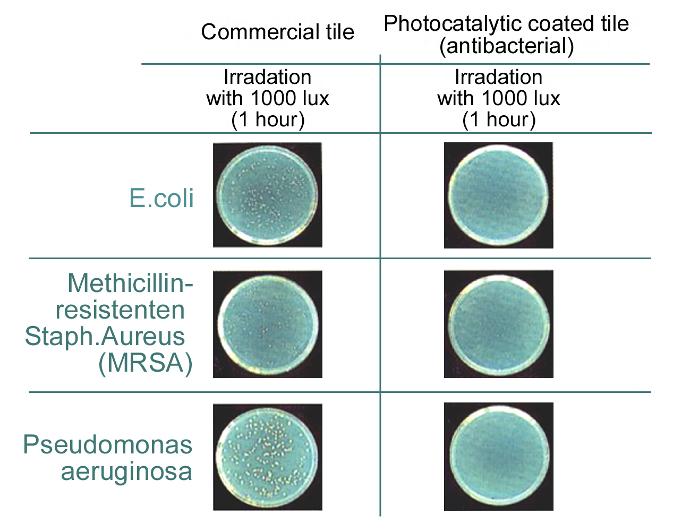
New generation surface treatment technology
Hygienization - Air purification - Self-cleaning - Odor neutralization
The only effective solution! For the treatment of surfaces, against viruses and bacteria!
The power of light and oxygen
The surface coated with NanoBase eliminates the problem of multiresistant bacteria particularly efficiently and reliably. This innovative surface treatment is simple, yet reasonably priced. The operation of the product is based on the principle of photocatalysis. The coating results in a microbicidal surface. Viruses, bacteria and other pathogens disintegrate in contact with the surface under the influence of light.
The starting material for the surface treatment is photocatalytic titanium dioxide (TiO2).
Under the influence of light, reactive oxygen radicals are formed on the surface coated with NanoBase. The oxygen activated in this way is highly reactive, thus capable of breaking down molecules and organic compounds in contact with the surface.
Sunlight is sufficient to achieve this effect, but artificial light for the interior lighting of buildings coated with NanoBase is also suitable for activating oxygen radicals.
Titanium dioxide (TiO2) is a semiconductor: light creates electron-hole pairs on its surface if the energy of the photons is greater than the band gap Eg (internal photoelectric effect).
The resulting electrons or holes are then able to diffuse to the surface and create radicals there, which break down organic compounds. Holes in particular have strong oxidizing properties: hydroxyl radicals are formed from water.

Properties and possibilities of innovative technology
Photocatalytic effect
NanoBase utilizes the effects of photocatalytic nano-titanium dioxide. This technology is not new, but new, improved manufacturing technology, smaller particle sizes, smart ingredients, and the addition of precious metals are opening up uses that were not long ago dismissed as utopian.
Self cleaning
Another advantage of NanoBase is that the surfaces are self-cleaning, not only indoors, but also on facades, whether they are made of glass, concrete or even sandstone.

Hygenization
The concept of sanitization summarizes several useful features of innovative technology - these play a significant role in hospitals and during medical practice.
Antibacterial
NanoBase coatings are excellent for the prevention of all types of pathogens and also have an antibacterial effect. Their microbicidal effect is effective on the surface of medical devices, clothing or furnishings.
Clean Air
The time between two cleanings increases significantly, because the treated surfaces stay clean for much longer, and by the way, they even clean the air.
Breaking down viruses
The coating is also able to break down organic substances, or even viruses and bacteria, if they come into contact with the walls and/or ceiling of the room, and it can also oxidize unpleasant odors and gases into harmless compounds.
Against pathogens
NanoBase coatings are excellent for prevention against all types of pathogens.
Their germicidal effect applies to the surface of almost all devices and equipment.
Adding silver to TiO2, NanoBase can also be used in areas where there is little or no light. Thus, the coatings are suitable not only for active protection against bacteria and viruses, but also for the industrial production of antimicrobial masks, clothing and filters.
NanoBase is a controlled and certified product that meets the antibacterial requirements of modern hygiene requirements.
high degree of lasting effect
disintegration of pathogenic cells and endotoxins
safe, no further contamination
environmentally friendly, harmless to humans and the environment
NanoBase effectively breaks down almost all types of pathogens and allergens (including the following: MRSA, SARS, H5N1). In the case of bacteria and viruses, it also breaks down cells and endotoxins, thereby effectively combating new types of bacteria.

The figure shows the almost complete (99.8%) degradation of bacteria, with an effect time of one hour!
NanoBase effectively breaks down almost all types of pathogens and allergens (including the following: MRSA, SARS, H5N1). In the case of bacteria and viruses, it also breaks down cells and endotoxins, thereby effectively combating new types of bacteria.
